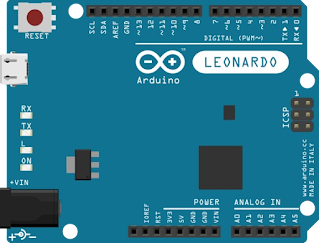Introduction to Arduino
What is Arduino?
Arduino is an open-source electronics platform that enables you to create interactive projects, prototypes, and electronic gadgets. It was developed in the early 2000s by a team of students and professors at the Interaction Design Institute Ivrea (IDII) in Italy. Since then, it has gained immense popularity among hobbyists, students, and professionals worldwide.
Key Features of Arduino:
- Microcontroller Board: The heart of Arduino is a microcontroller (usually an ATmega328P in Arduino Uno) that executes the code you write. It acts as the brain of the project.
- Development Environment: The Arduino IDE (Integrated Development Environment) allows us to write, compile, and upload code to the board.
- Open Source: Arduino’s hardware and software are open source, meaning anyone can modify, improve, and share their designs.
- Extensive Community: The Arduino community is vibrant and supportive. You’ll find countless tutorials, forums, and projects to learn from.
Arduino board types:
- Arduino Uno: The Uno is one of the most popular Arduino boards. It features an ATmega328P microcontroller, several digital and analog pins, USB connectivity, and a power jack. It's great for beginners and can be used for a wide range of projects.
- Arduino Mega: The Mega is a larger version of the Uno, offering more digital and analog pins as well as additional memory and communication interfaces. It's suitable for more complex projects that require a greater number of I/O pins or more processing power.
- Arduino Nano: The Nano is a compact and breadboard-friendly board with similar features to the Uno but in a smaller form factor. It's ideal for projects with space constraints or where portability is important.
- Arduino Leonardo: The Leonardo is unique in that it uses a different microcontroller (ATmega32u4) which allows for built-in USB functionality without the need for an additional chip. This makes it great for projects requiring USB HID capabilities like keyboard or mouse emulation.
- Arduino Due: The Due is based on a more powerful ARM Cortex-M3 processor, offering higher performance and additional features compared to traditional AVR-based Arduinos. It's suitable for applications that require more computational power or advanced capabilities.
- Arduino Pro Mini: The Pro Mini is a stripped-down version of the Uno, designed for projects where size and cost are critical factors. It lacks onboard USB connectivity and requires an external programmer for uploading sketches, making it ideal for embedded applications.
These are just a few examples of the many Arduino board types available, each catering to different requirements and preferences within the maker community.








Comments
Post a Comment